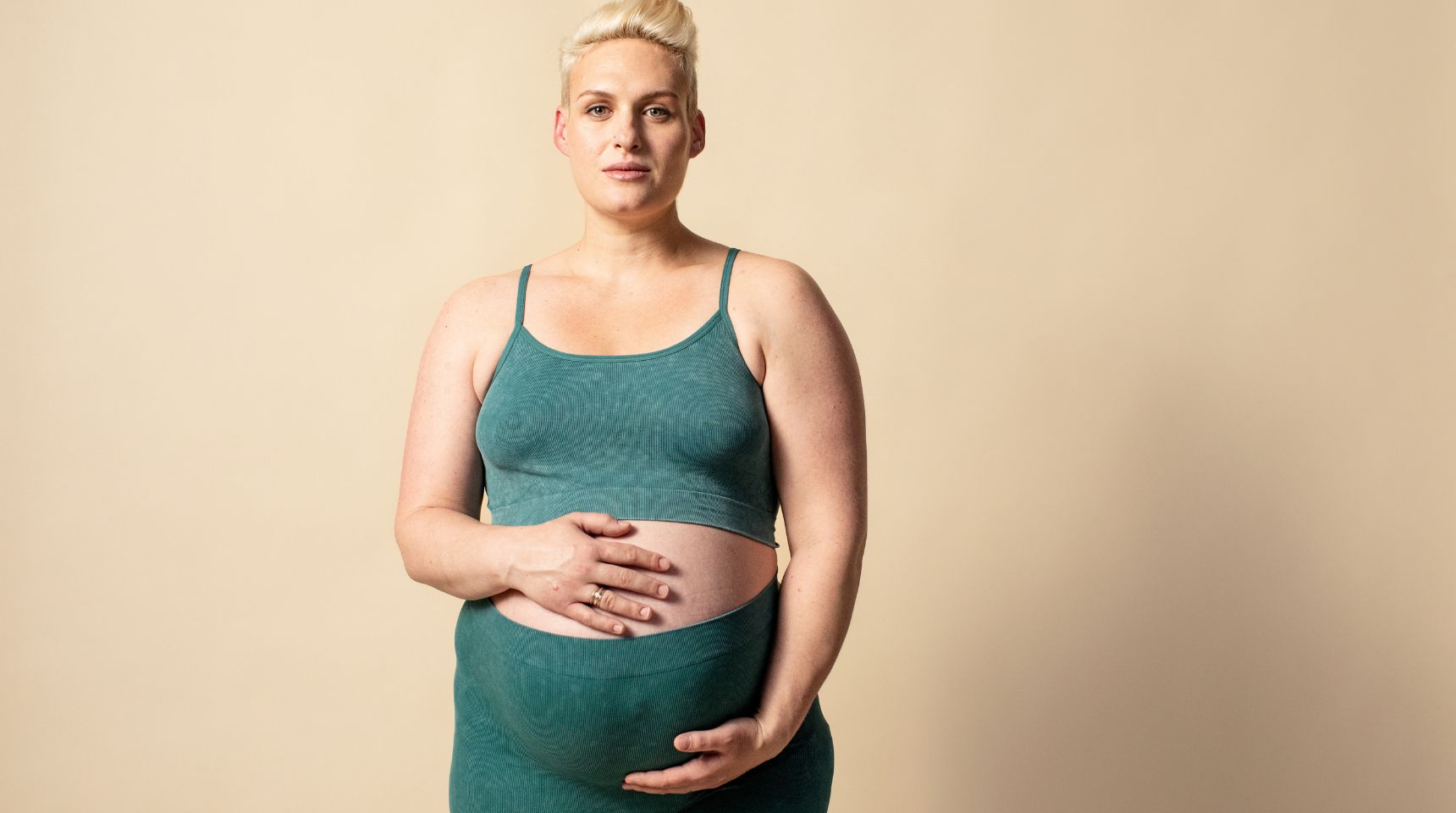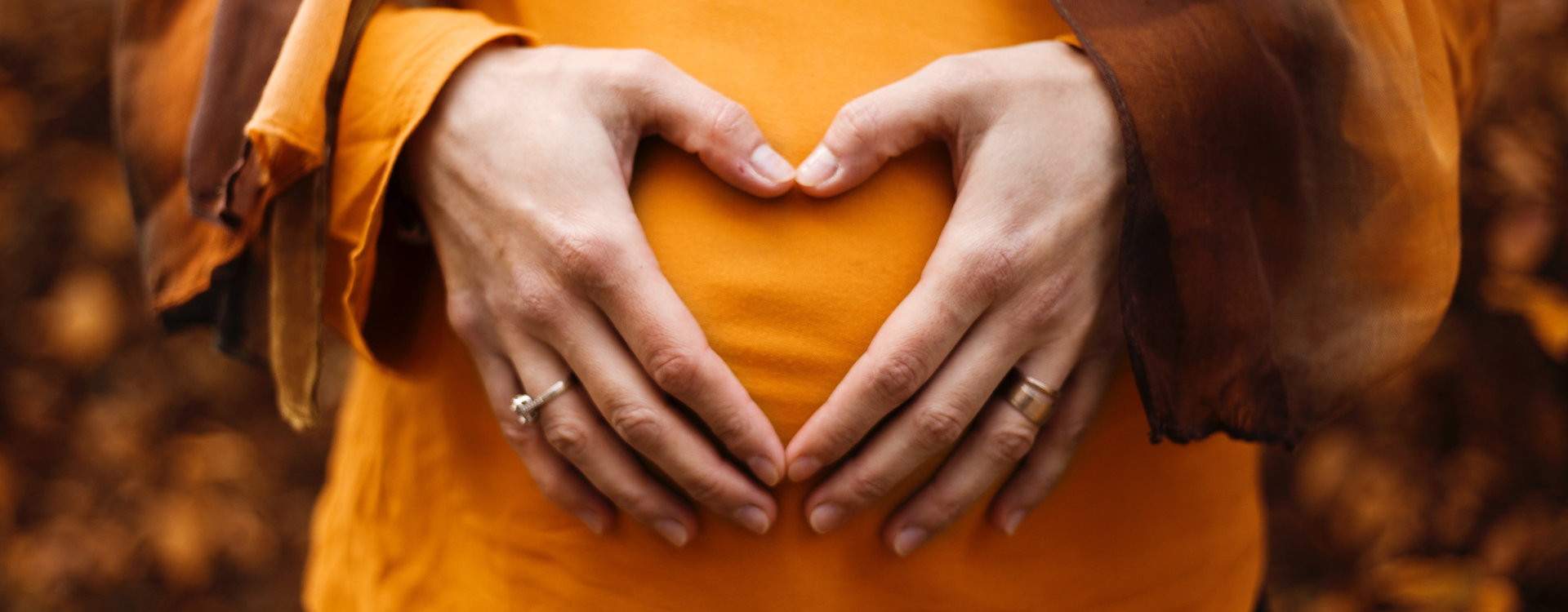As your child heads into toddlerhood, they’ll begin to transition into using a sippy cup or straw cup, whether they’ve been breastfed or bottle-fed. The primary reason for introducing sippy cups is to prevent tooth decay.
The American Dental Association (ADA) recommends straw or sippy cup training by your child's first birthday, but this doesn't mean you have to stop giving your toddler breastmilk! Transition the breastmilk from bottle, if you have been using one, to a cup.
Here are five tips to help with introducing sippy cups:
1. Start as early as possible.
While most people don't think about it, you can introduce a straw cup or sippy cup as early as six months of age (or even earlier if you and baby will be apart for a feeding and baby is not interested in the bottle). However, most parents introduce a sippy cup or straw around 12 months of age. Don’t stress if baby doesn’t take to the cup immediately – it may take a while before they accept this foreign object into their routine.
LEARN MORE: Feeding breastmilk to breastfed baby
2. Let them play with it.
You might want to restrict sippy cup training to when they're in their high chair or feeding booster seat but keep introducing the sippy cup during mealtimes so they can get familiar with it.
3. Try different liquids.
You can give them expressed breastmilk and water if older than 6 months (or juice and whole milk if they're over 12 months). If you choose to offer juice, water it down to manage the amount of sugar you are giving your little one.
4. Change up the bedtime bottle routine.
Some babies use bottles as security objects during their bedtime routine (like drinking their bottle as you read to them in the glider in their room). Modify the routine by giving them their straw cup, but make sure to add brushing their teeth to the routine too. Drinks like milk contain sugar, which can cause tooth decay. You can brush their teeth to prevent that. Bring your baby's toothbrush and toothpaste (fluoride-free, since fluoride is harmful to swallow) in the room with you, and brush their teeth gently before you put them in the crib.
5. Don't give your child a bottle to keep in his crib during the night.
If your child wakes up and wants a drink, give him a drink in a sippy cup instead. Then wipe their teeth to keep them clean before putting them back in the crib.
UP NEXT: Introducing Solids: When, Why & How
All content found on the Lansinoh.com website, including: text, images, audio, or other formats were created for informational purposes only. The content is not intended to be a substitute for professional medical advice, diagnosis, or treatment. Always seek the advice of your physician or other qualified health provider with any questions you may have regarding a medical condition. Never disregard professional medical advice or delay in seeking it because of something you have read on this website.









